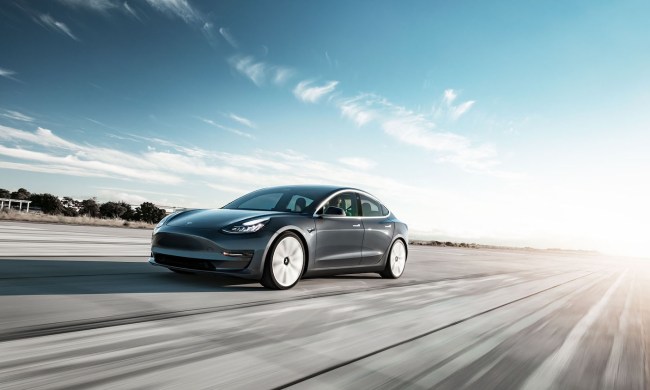Alphabet’s Waymo division, which was formerly Google’s self-driving car project, announced it has deployed a small fleet of self-driving, Chrysler Pacifica-based prototypes on the streets of Los Angeles. It’s not aiming to engage in an arm-wrestling contest with the city’s taxis — at least not yet. It’s mapping the town to learn how its cars would operate in it.
Posting on its official Twitter account, Waymo explained three of its cars have started zigzagging across Los Angeles to explore how its tech might fit into the giant city’s dynamic transportation environment. They’re fitted with a full suite of autonomous technology, but the system is switched fully off and a human is in charge of driving 100% of the time. The prototypes first need to paint a clear image of what the city’s streets look like; Forbes learned they must notably analyze the height of curbs, memorize the location of potholes, and know how long crosswalks are before they can drive themselves.
Waymo welcomes the challenge of one day deploying human-free prototypes in LA. Driving in the City of Angels is very different than driving in the quiet suburbs outside of Phoenix, where Waymo operates its first and only pay-to-ride shuttle service. LA is crippled by some of the worst traffic in the United States. Idling on the 405 for an hour shouldn’t be a problem for the autonomous vans, but crossing four lanes of traffic to reach an exit that’s 50 yards ahead might prove challenging.
“Congestion is a totally different thing and we’re really excited to see how that congestion kind of manifests itself,” David Margines, Waymo’s product manager for mapping, told Forbes. He’s the first person to manifest excitement at the idea of getting stuck in traffic, but his statement shows how much Waymo’s prototypes learn by examining their environment.
Waymo hasn’t revealed when it will let its autonomous minivans loose in LA, let alone when it might be able to begin charging passengers for rides. The company already has a permit to test prototypes in California, even without a human driver behind the wheel, so it will be able to move to the next phase of testing whenever it feels the time is right.



